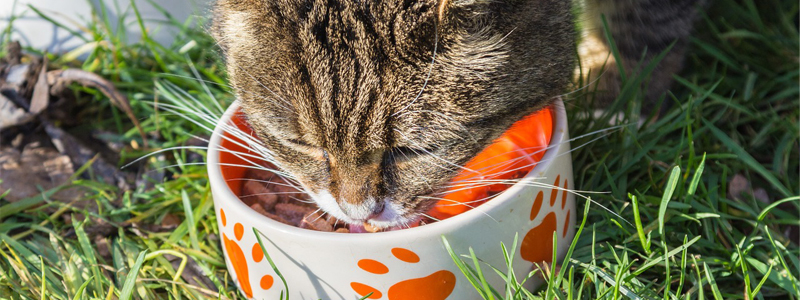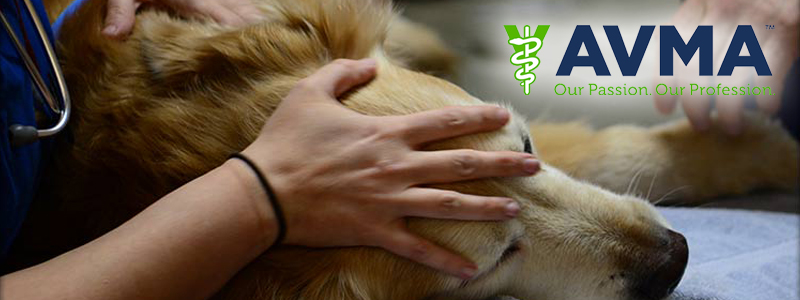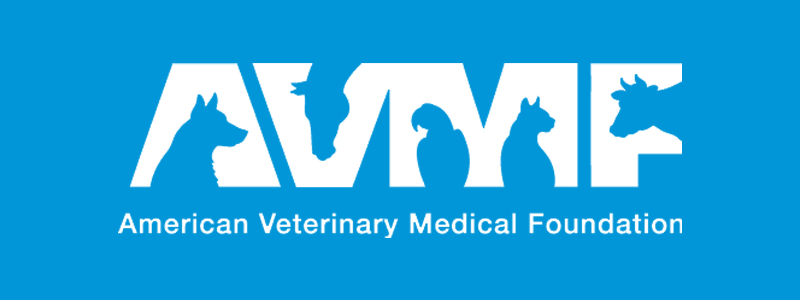BY: SAMANTHA BARTLETT, DVM
The American Association of Feline Practitioners recently published a consensus statement entitled “Feline Feeding Programs: Addressing Behvorial Needs to Improve Feline Health and Wellbeing” in the Journal of Feline Medicine and Surgery. The statement addresses the fact that normal feeding behaviors of cats are not being addressed in households, especially those that house multiple cats. This lack of normal feeding behavior can lead to health concerns such as cystitis and obesity. Normal feeding behaviors for cats include hunting and foraging, frequent small meals, and solitude while eating.
The feeding statement focuses mostly on cats that are solely housed indoors. These cats are more likely to have behavioral problems that cats with access to the outdoors. Outdoor cats that are fed regularly can have some of the same issues as indoor cats in that they have a large amount of their day with no need to hunt and thereby reduce their activity levels. Multi-cat househoulds have their own unique problems in that some cats are not as comfortable with other cats and competition for food can cause stress and conflict.
Modern feeding methods for indoor cats greatly increase the risk of obesity. Having one feeding station and 1-2 large meals per day can cause stress because of competition with other cats and inactivity because of the lack of hunting for food throughout the day. Indoor cats with inadequate mental stimulation will often turn food and eating into an activity out of sheer boredom. To exacerbate the situation, overweight cats do not perform as much activity because of the increased amount of effort needed to jump and play. Cats that are stressed because of sharing their environment with another cat or having to eat in, what they perceive as, an unsafe location can lead to rapid ingestion and subsequent vomiting of food or inadequate caloric intake.
AAFP suggests modeling a feeding program after the natural behaviors. By doing so, owners can reduce inter-cat conflict, begging for food and potentially enhance owner-cat bonds. Some suggestions are to hide food around the home in puzzle feeders. This has multiple benefits including increasing activity and providing mental stimulation. There are a number of commercially manufactured puzzle feeders, but owners can also make their own at home using inexpensive items like egg cartons and plastic bottles. The statement recommends introducing simple feeders first and gradually introduce more complex puzzles as the cat becomes accustomed to them. Changing the locations of food to simulate foraging can also provide exercise and mental stimulation for indoor cats. Placing food on elevated spaces such as a cabinet or cat tree also encourages more exercise.
The statement also encourages multiple smaller meals throughout the day. Automatic feeders can be helpful but do not encourage foraging like puzzle feeders will. Microchip-based automatic feeders are beneficial in multi-cat households ensuring each cat has access to adequate nutrition. Separate water stations are also recommended. Placing water supplies in areas where each cat frequents encourages more consumption of water. For an indoor neutered cat, AAFP recommends using 40-66kcal/kg of body weight per day as a starting point to determine the cat’s total calorie intake for the day. Frequent monitoring of body condition is recommended and subsequent adjustments to calorie intake should be made if appropriate.
As a companion to the consensus statement, the AAFP has also developed a client brochure to help veterinarians have the conversation with their clients and guide them in implementing a feeding plan appropriate for their household. The brochure can be accessed at catvets.com/client-brochures. The full consensus statement can be downloaded from https://journals.sagepub.com/doi/full/10.1177/1098612X18791877. More information on food puzzles can be found at www.foodpuzzlesforcats.com.











